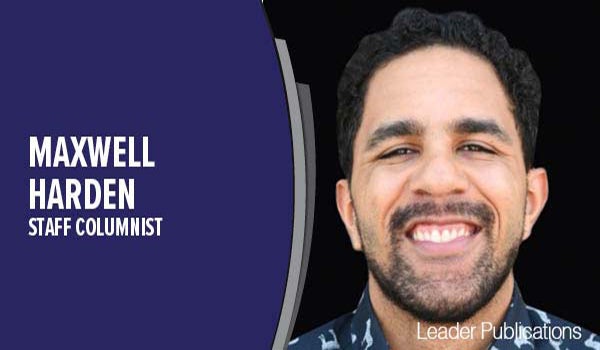Jack Strayer: Which American Middle Class are we talking about?
Published 12:59 am Thursday, February 23, 2012
We have heard and will continue to hear even more about “America’s Middle Class” during the 2012 campaign cycle. But what exactly is America’s Middle Class and why is the term always used as some sort of barometer for politicians, special interest groups, journalists and policy makers?
By doing a bit of digital research (a.k.a. the internet), I found that there are endless definitions of America’s Middle Class. Consequently, there is no clear consensus definition of Middle Class upon which everyone can agree.
Then I discovered the problem of defining the Middle Class. Are we talking about the Economic Middle Class, the Social Middle Class, the Disappearing Middle Class or the Political Middle Class?
We need to figure this out in a hurry because apparently, this year’s general election is going to be all about “class warfare.” Class warfare happens when one class of people uses another class of people to gain political advantage. We are witnessing it with the “Occupy” movement where so-called “representatives” of the 99 percent of the population with the least amount of money are taking on the 1 percent of the population that has the most money.
The Economic Middle Class is typically defined as those families with incomes between $40,000 and $200,000. That makes up approximately 65 percent of the U.S. population.
The Social Middle Class is typically defined as those working families who live above the poverty line, but also includes former millionaires who have lost there homes due to foreclosure, lost all their money in the Great Recession or can no longer find work.
The Disappearing Middle Class is a term used by politicians to explain the widening gap between the poor and the very, very, very rich — also called the high end of the 1 percent. Apparently, as this gap has expanded, the Middle Class has fallen into the abyss and disappeared. This term is no longer widely used because the Great Recession has filled in the gap with former upper middle class folks who made bad economic choices in investments, real estate and financial planning. And the poor didn’t fall into the abyss because they are protected by the National Safety Net.
Now let’s get to the bottom of this American Middle Class muddle. All of our economic, social and political problems can be answered by addressing the concerns of the Political Middle Class. Our elected officials haven’t done a very good job of this in the past few years. As moderate politicians have been replaced by either progressive candidates or conservative candidates, the voice of the Political Middle Class has been muted by reactionary public policy decisions and fringe politics.
Who is representing the people in the middle who have no real opinion on the social agenda of the far right or the income redistribution goals of the far left? Who are the economic moderates and conservatives supposed to turn to for answers to solving our national debt and soaring deficits? Where are the working class union members supposed to turn to for future financial security when there are no new jobs being created anymore? What happened to less government versus more government? Who is representing those who don’t want too much government or too little government but just the right amount of government? Where is Goldilocks when we need her most?
Our nation is begging to be governed from the middle. In the middle is where common sense and thoughtful bipartisanship lies, where public policy is determined by consensus and fair compromise.
The nation’s leaders are now chosen almost exclusively by politically partisan primaries, where apparently only fringe voters show up to vote, leaving the American Middle Class to wonder where their voice went.
I think the voice of the American Middle Class fell into that abyss created by the gap of fringe political ideologies, and not into that abyss created by economic differences.




